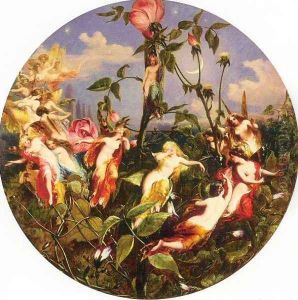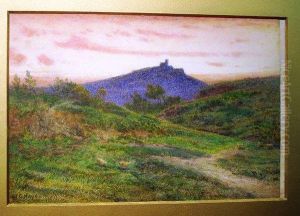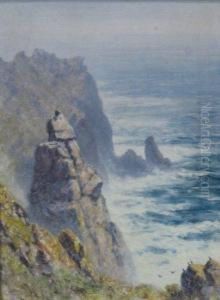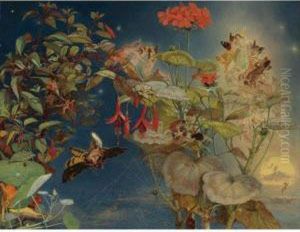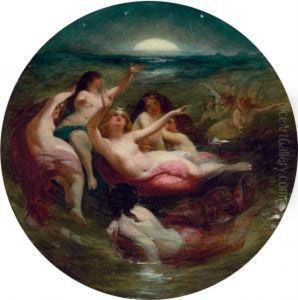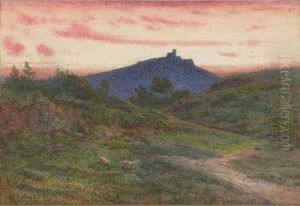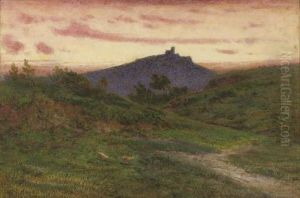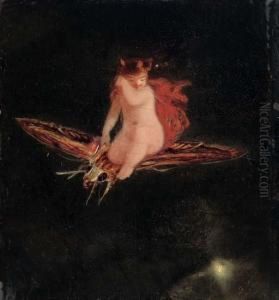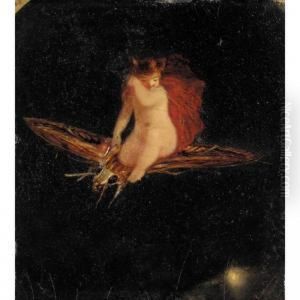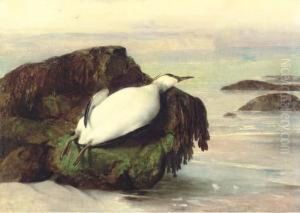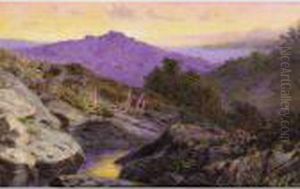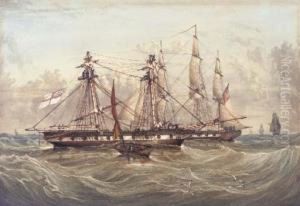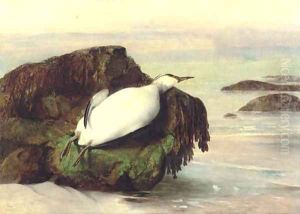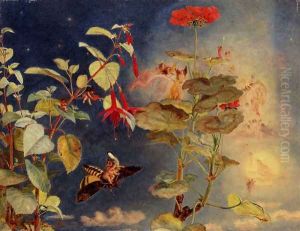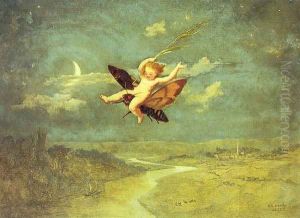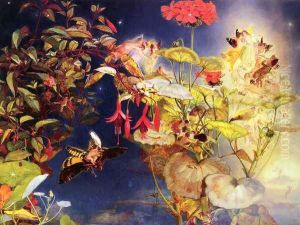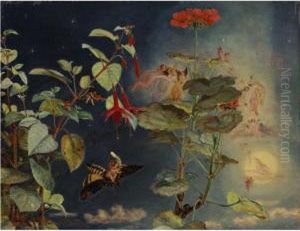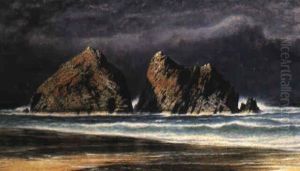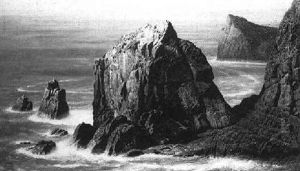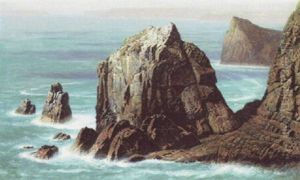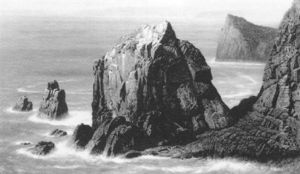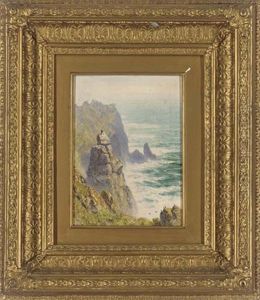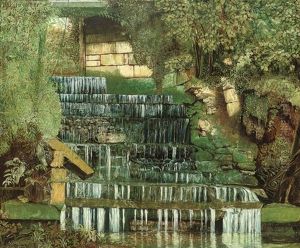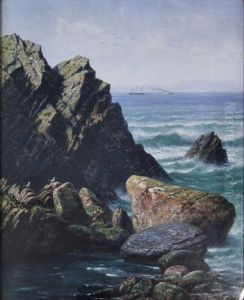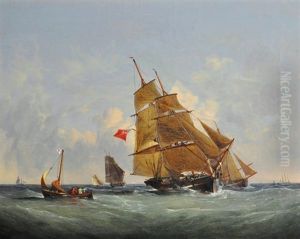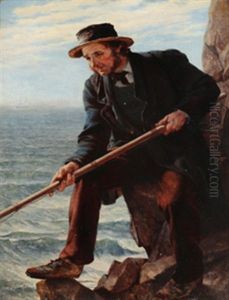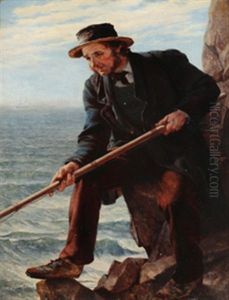John George Naish Paintings
John George Naish was a British artist known for his contributions to the Victorian era's art scene. Born in 1824, Naish's career spanned over several decades, during which he developed a distinctive style that captured the essence of his time. His life and work were deeply embedded in the cultural and social fabric of 19th-century Britain, offering insights into the period's aesthetic and thematic preferences.
Naish was primarily recognized for his landscape and genre paintings. He had a particular talent for depicting the British countryside with a romantic yet realistic approach. His landscapes often featured idyllic scenes that were both serene and meticulously detailed, reflecting a deep appreciation for nature's beauty. This was in line with the Victorian era's romanticized view of the countryside as a peaceful haven away from the industrialized urban centers.
In addition to landscapes, Naish also excelled in genre painting, which depicted scenes from everyday life. Through these works, he showcased his keen observation of social interactions and his ability to capture the nuances of human emotion and character. His genre paintings often contained a narrative element, telling stories that ranged from the humorous to the poignant. These works provided a glimpse into the daily lives of people during the Victorian period, highlighting aspects of their social customs, occupations, and leisure activities.
Throughout his career, John George Naish exhibited his work at prestigious venues, including the Royal Academy of Arts. His paintings were well-received by both the public and critics, earning him recognition and respect in the art community. Despite his success, Naish remained dedicated to his craft, continually refining his technique and exploring new subjects.
Naish's legacy is preserved through his contributions to British art, particularly in capturing the spirit of the Victorian era. His paintings continue to be appreciated for their historical value and artistic merit, offering a window into the past for contemporary audiences. John George Naish passed away in 1905, but his work lives on, celebrated for its portrayal of the beauty and complexity of 19th-century Britain.
